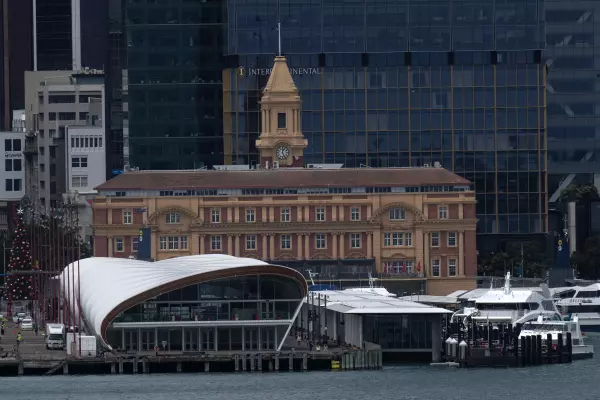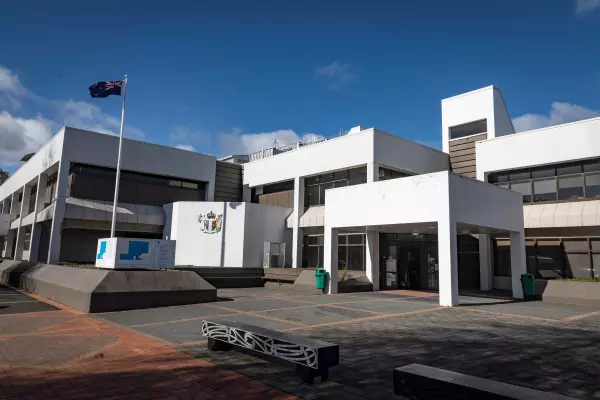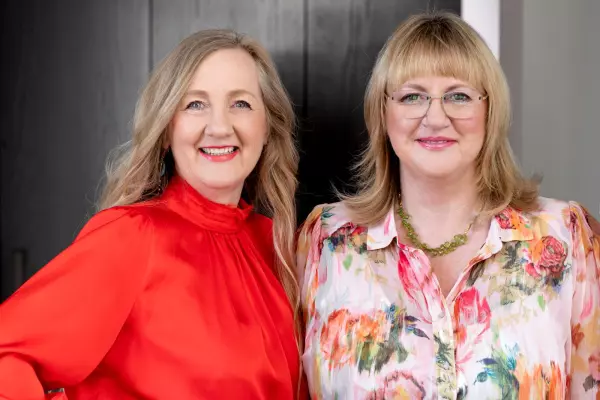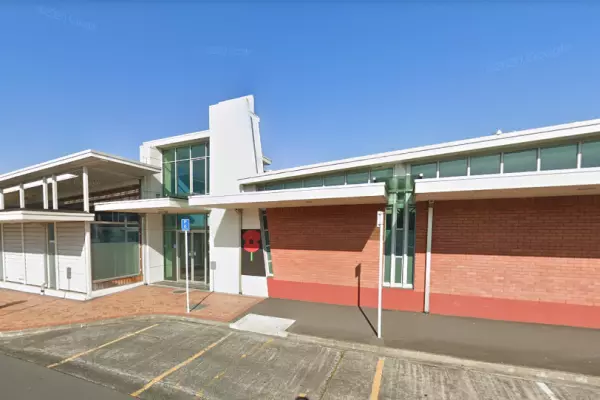From freezing bodies to life extension, New Zealand charities have been helping fund the quest to cheat death. Oliver Lewis reports.
In 1987, the American life extension activist Saul Kent took his dying mother to California in a bid to cheat death. After her heart stopped beating, staff at Alcor Life Extension Foundation, a leading cryonics non-profit, decapitated the former New York dressmaker.
According to notes from someone present at the neuropreservation – as opposed to whole-body cryopreservation – the head was then cooled to the temperature of dry ice and put in storage. If medical science does advance to a point where she can be revived (in this case with the help of a new body), Dora Kent will be able to read about how her missing head became a national media story after the local coroner unsuccessfully sought to examine it.
Nearly 30 years later, in 2016, a judge in the high court at Wellington issued a judgment with a strikingly original introduction musing on Frankenstein, B-grade zombie movies and the desire to defeat death. “The possibility of life after death is, perhaps, one of humanity’s oldest preoccupations,” Justice Rebecca Ellis said.
What’s the connection?
In 1977, Saul Kent and his long-term business partner Bill Faloon set up what’s now called the Biomedical Research and Longevity Society (BRLS). Formerly known as the Life Extension Foundation, it has awarded more than US$100 million (NZ$162m) in grants to cryonics research organisations in the past decade alone, according to its website. An associated entity, the Life Extension Foundation Buyer’s Club, sells dietary supplements and other associated wellness products.
Faloon has also established a church – the Church of Perpetual Life – which features monthly sessions, streamed on YouTube, talking through the latest developments.
“We refer to ourselves as immortalists,” the about section on its website says, “not because we have defeated death, but because we believe that future technology will conquer disease and ageing, as well as death itself.”
Mainstream scientists tend to be sceptical of cryonics, but luminaries of the movement like Kent and Faloon – who would rather it wasn’t needed at all – insist on its plausibility. Their ideals are shared by people like controversial tech billionaire Peter Thiel, who has put millions of dollars into anti-ageing research.
Like Thiel, Kent and Faloon also have interests in NZ.
Artificial body
A 2011 decision by the Charities Registration Board in NZ lists the anti-death duo among the founding trustees of the Foundation for Reversal of Solid State Hypothermia (another trustee, Bernhard Lampert, has since been charged in the US with tax fraud conspiracy, although Faloon points out the alleged offending is unrelated to the foundation).
Set up in 2011 to fund scientific research, the foundation specifies in its trust deed several possible focus areas related to cryonics, including reanimation and tissue repair all the way through to “research aimed at uploading of the identity of cryopreserved individuals into a computer or other type of artificial system for the purpose of being able to download their identity in the future into a biological or artificial body”.
While it was set up in NZ, the foundation envisaged some of its funded research would be carried out at the Timeship, a mooted cryonics facility in the US which architect Stephen Valentine – who was approached by Kent about the idea – has been planning since the 1990s.
Various media articles describe a fortress-like building capable of operating independently for 100 years and with storage for about 10,000 cryopreserved bodies.
In 2019, the project moved from its intended Texas location to New York, according to its website. But no tangible progress appears to have been made. The website is unfinished and a request for comment went unanswered.
The foundation and a related entity, the Foundation for Anti-Aging Research, both applied to the Charities Registration Board to be registered as charities in NZ, a status which comes with tax benefits. The board denied both applications in 2013.
Cryonics research wasn’t a useful area of education for charitable purposes, it found, and while some of the research might help the aged and impotent, the board didn’t think the main focus – cryopreservation and reanimation – did.
The distant future
“As the people are deceased, the cryopreservation of their bodies cannot be seen as relieving a charitable need,” the board said.
Enter Justice Ellis.
Both foundations appealed to the high court, which sided with them. In her judgment, Justice Ellis found the foundations met the charitable purpose of advancing education, noting that, in general, even if the goals of scientific research might be achieved only in the distant future, the mere pursuit of those goals was likely to yield useful knowledge.
By way of example, she referred to another charity registered in NZ, the Mars Society NZ Charitable Trust, which has a stated purpose of inspiring New Zealanders to become involved in space science and research leading to the exploration and settlement of Mars.
In regards to the cryonics and anti-ageing foundations, Justice Ellis said: “The evidence is that the proposed research is likely to lead to advances in areas such as organ transplant medicine, in vitro fertilisation, stem cell research, treatment of a range of diseases and disorders and enabling biodiversity.”
She also chided government staff for helping the board to decide on the case for doing their own research on the internet.
“It is possible to obtain web support for almost any proposition one cares to name. Sorting the wheat from the chaff is difficult for anyone who is not already well versed in the subject matter.”
The cryonics charities
Going to the high court is an expensive endeavour. In recognition of how inaccessible court action is for many charities, the government is proposing a different appeals mechanism for charities law cases – the Taxation Review Authority.
The cryonics and anti-ageing foundations did go to court, but surprisingly – given the expense and inconvenience of doing so – they have been relatively inactive since.
The Foundation for Reversal of Solid State Hypothermia was granted voluntary deregistration in 2020.
In its latest annual return, for the year ending March 2021, the Foundation for Anti-Aging Research reported making about $1.1m in grants and donations. It also had $370,000 in other expenses.
The foundation received no donations and appears to make most of its income through investments. Under the accumulated funds section of the report, it reported almost $5.5m in capital contributed by owners or members.
Both foundations list the same Wellington property on Tinakori Road as their address and have the same email. The email and the property are both associated with Wellington lawyer Gordon Stewart.
But it was Faloon, not Stewart, who ended up stepping in to answer BusinessDesk’s questions.
In a lengthy emailed statement – which he ended with the novel sign-off “for longer life” – the American immortalist outlined a tale of what could have been in NZ.
Cam Christie
It all starts with a man who used to run a motel in Ōtaki and who, after his death from cancer in 2013, was shipped to Michigan in the US to be cryopreserved inside a vat of liquid nitrogen.
In 1999 in Wellington, Cam Christie had met with a representative of the Cryonics Institute, the Michigan-based facility offering cryonic suspension for humans and pets.
According to Faloon, they discussed the science and practicality of cryonics for New Zealanders, particularly the challenge posed by the distance to facilities in the US.
Christie was an active promoter of cryonics, Faloon said.
“He had the hope of being cryonically preserved to benefit from cures discovered after the time of his legal death. But he viewed cryonics as a backup plan, which is why he also wanted to promote anti-ageing therapies.”
Christie supported the founding of the Foundation for Anti-Aging Research in 1999 and served on its oversight committee, as did Kent.
The foundation was established, Faloon said, for purposes that included setting up a charitable hospital to study the diseases of ageing and provide innovative therapies to thwart degenerative illnesses such as cancer. It currently provides grants to charities involved in anti-ageing research.
Faloon said the science had got to a point where funds could be used to study human age reversal, hence the large grants made around 2021.
While the foundation has not sought or taken donations from New Zealanders or made any grants to researchers here, he said NZ seemed like a suitable choice for life extension research charities due to its political stability and respect for the rule of law.
“Although activism for cryonics and anti-ageing therapies is currently not as great in NZ as it is in other countries, maintaining charities in NZ for these purposes seems prudent for the ultimate benefit of New Zealanders as well as for others in all countries.”
Unfortunately, the planned hospital project never eventuated.
Tragic circumstances
A year after the foundation was established, in 2000, Kent was diagnosed with terminal cancer, Faloon claimed. He went on to describe in detail the experimental treatment Kent received. It was this kind of treatment, Faloon said, that the foundation had hoped to provide in its planned hospital. Christie died in 2013.
As for the Foundation for Reversal of Solid State Hypothermia, Faloon said it lost out on a large grant which had been pledged to it to carry out reanimation research due to the delays in confirming its charitable status.
“In summation, several tragic circumstances that occurred since the founding of the charities are why there is not a charitable hospital,” he said.
“Saul Kent does not have the mental energy he did in 1999, Cam Christie is cryopreserved, and the charity’s benefactors (including Saul Kent and me) have moved on to other charitable endeavours.”
“We set up these charities to try and advance medical research from NZ; unfortunately, that hasn’t happened."
Faloon also wanted to point out that neither he, Kent nor Christie expected to be compensated for the work they did for the charities and that the people who established them had performed their fiduciary duties with competence and integrity.
Meanwhile, the work to defeat death continues.
"Saul Kent and I continue to support a lot of the charitable research personally,” Faloon said, "and thank goodness many billionaires have started contributing significant resources to the cause of defeating biological ageing."















